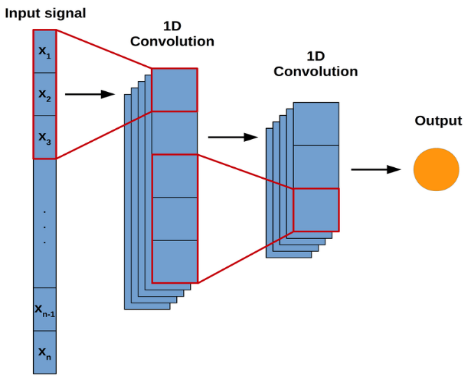Convolutional Neural Networks (CNN)
CNN excels in identifying patterns in spatial or temporal data, often used to detect stock price movements.

Our system architecture is designed to provide an efficient, scalable, and secure distributed computing platform that supports AI model execution, blockchain computing, and seamless integration of multi-party services. The architecture is mainly divided into the following modules:

CNN excels in identifying patterns in spatial or temporal data, often used to detect stock price movements.

LSTM is ideal for time series data like stock prices, with a "memory cell" structure addressing long-term dependencies.

Bi-LSTM gathers information from both past and future states, improving contextual judgments.
Copyright © 2023 VisionX Corporation
Powered by VisionX Corporation